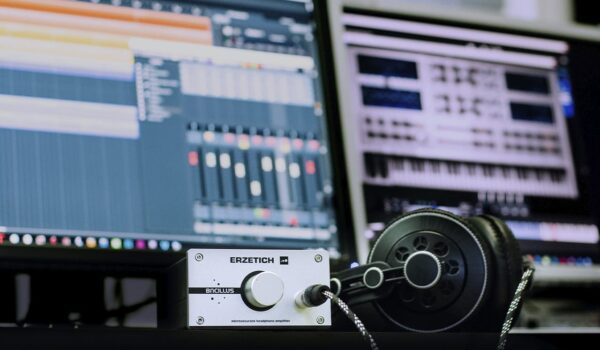Music mixing is the processing of individual audio tracks in order to bring them together to create a single sound picture (audio mix).
At music mixing various tools and techniques of work with sound are applied, as a result of which initially deaf, noisy and unvoluminous mix becomes clean, bright, rich and voluminous.
What are the stages of music mixing?
Conventionally, mixing can be divided into two parts: technical and creative.
Technical mixing
This part of the information includes the main works performed in the process of song mixing, namely:
- Preparing the project for mixing
Checking the presence of all necessary elements of the mix, creating a hierarchy of the project. - Adjusting volume balances
Adjusting the volume of each sound track relative to each other.
This is a very important moment, which largely determines the further work on mixing the mix. - cleaning audio from noise
Often in the sources there are noises and extraneous sounds, which should be cleaned before you start working.
If you don’t do it, you may have problems at the mixing stage – these sounds will be heard in the mix or will conflict with other instruments. - Rhythmic correction
When recording live instruments (guitars, drums, etc.) or several voice takes, rhythmic disynchronization occurs.
Be sure to correct it so that everything sounds synchronized. - Intonation correction
In most cases, when working with a mix where there are vocals, you need to correct the notes. There are two options – automatic correction (autotune) and manual.
The first option is suitable when the errors are quite small, but not always the algorithm correctly determines the right note and can make it worse. - Spectral correction of the mix (equalization, saturation).
At this stage you correct the timbres of the instruments. Equalization allows you to weaken the protruding frequencies and raise the missing ones. - Dynamic correction of the mix (expansion, compression)
Each element of a mix has its own dynamics (the difference between quiet and loud sounds). - Creating a stereo image (panning)
When you shift certain sounds to the left or right, the mix has a width of sound – a stereo image. And the farther from the center the instruments are shifted, the wider this image is. - Spatial processing
The use of spatial effects (reverb, delays) can help to create the desired sense of remoteness of the sound source, giving the mix depth. - Finalizing the mix
When the mixing work is done, you need to put the finishing touches on the mix.
Creative mixing
The creative part of mixing is called sound design, in the process of which various sounds and special effects can be added that can change the original sound of the mix quite a bit.
This entails the need to perform works related to technical mixing (equalization, compression, etc.).
Therefore, this type of processing can be done both before and after the technical part of mixing, or directly in the course of technical mixing.
Sound design implies a partial change (modernization) of the source material, and this is not always required. Therefore it is necessary to discuss this moment in advance when ordering sound design.
